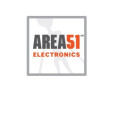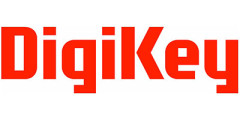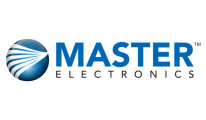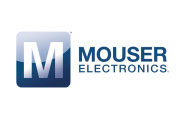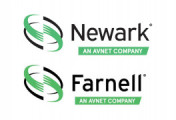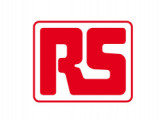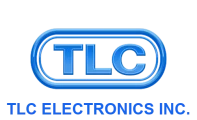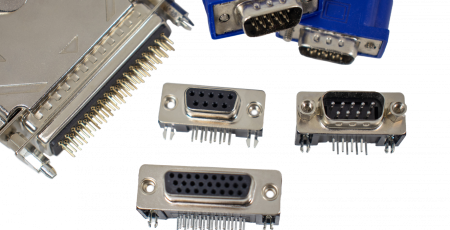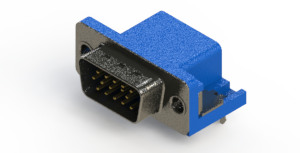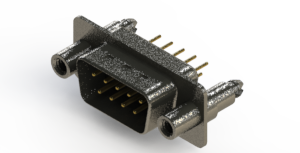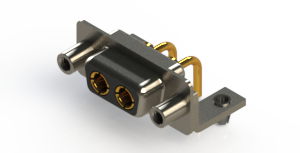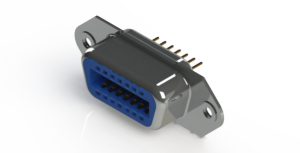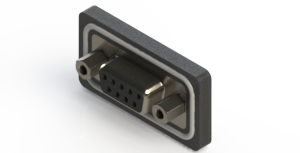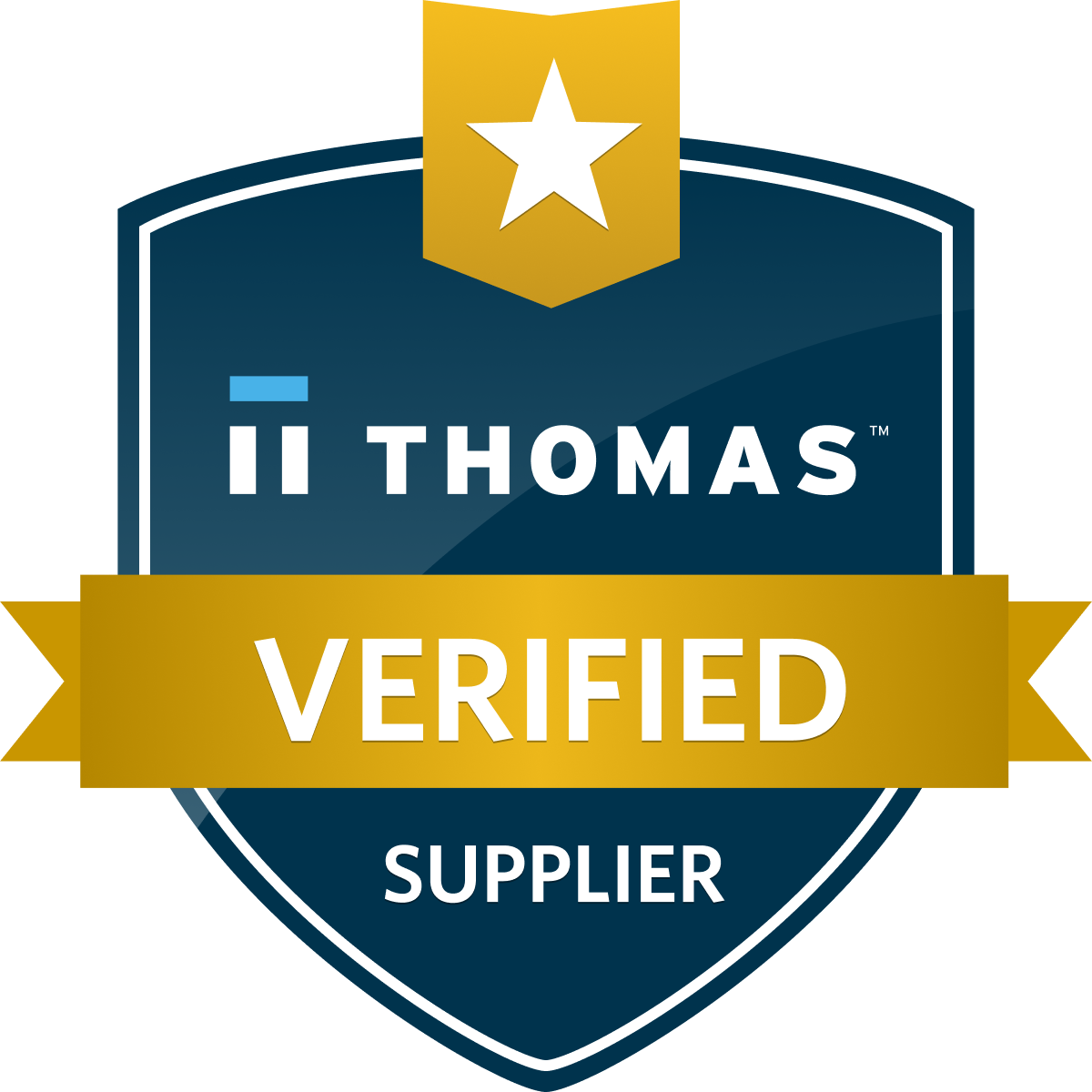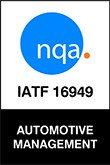DB9 Connector
- Machined D-Sub Connectors
- Power Combo D-Sub Connectors
- Parallel Port D-Sub Connectors
- Waterproof D-Sub Connectors
- DB9 Connector
- DB15 Connector
- DB25 Connector
- Vertical PCB D-Sub Connector
- D-Sub Panel Cut-outs
- Cable Wire D-Sub Connector
- PCB D-Sub Connector
- Right-angle PCB D-Sub Connector
- Backshells or Hoods, and Caps for D-Sub Connectors
- D-Sub Connector Housings
- D-Sub Connector Contacts
Categories
- Card Edge Connectors
- RECTANGULAR CONNECTORS
- D-Sub Connectors
- Machined D-Sub Connectors
- Power Combo D-Sub Connectors
- Parallel Port D-Sub Connectors
- Waterproof D-Sub Connectors
- DB9 Connector
- DB15 Connector
- DB25 Connector
- Vertical PCB D-Sub Connector
- D-Sub Panel Cut-outs
- Cable Wire D-Sub Connector
- PCB D-Sub Connector
- Right-angle PCB D-Sub Connector
- Backshells or Hoods, and Caps for D-Sub Connectors
- D-Sub Connector Housings
- D-Sub Connector Contacts
- Modular & Magnetic Jacks
- USB Connectors
- HDMI Connectors
- INLINE CONNECTORS
- HEADER CONNECTORS
- Spring Loaded Connectors
- Waterproof Connectors
- Cable Assemblies
- Custom Connectors
Search Parts:
DB9 connectors have been a common serial port connection for decades. Nine positions are available for data transfer and the shell automatically grounds to the chassis. These nine pin connectors come in vertical or right-angle orientations for top or side entry of cables. D-subs are available in a wide range of plating options to meet application cycles plus a wide range of mounting options for very secure connections.
DB9 Connector | EDAC
What is a DB9 Connector?
The DB9 connector (originally named DE-9) is an analog socket, with 9 pins, from the D-Subminiatures (D-Sub) connector family. The DB9 has the smallest "footprint" of the D-Subminiature connectors. The prefix “D” represents the D-shape of the connector shell. The DB9 connector is mainly used in serial ports, allowing asynchronous data transmission according to the RS-232 standard (RS-232C). Note that there are DB9-DB25 adapters that easily convert a DB9 socket to DB25 and vice versa.
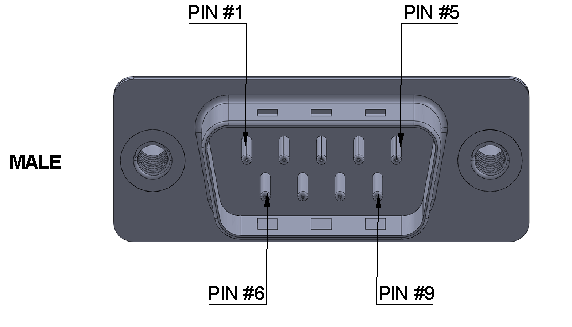
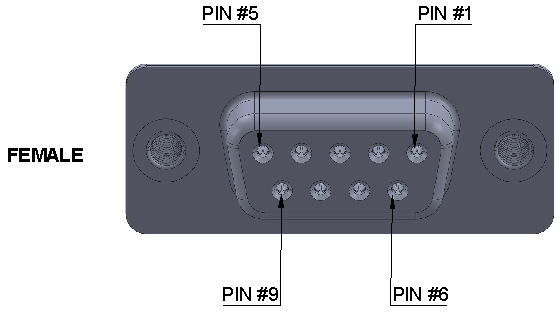
DB9 Engineering option
There are at least three types of cable end D-Sub connectors. They are differentiated by the method used to attach the wires to the contacts: soldering, insulation displacement or crimping.
1. DB9 DSUB connector with Solder Contacts
The solder contacts have a cavity into which the stripped and tinned wire is inserted and then soldered.
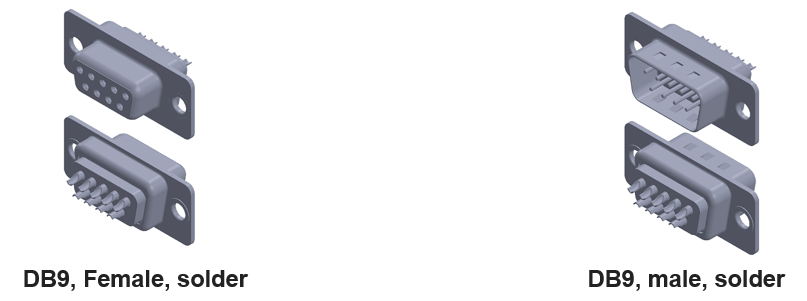
2. DB-9 DSUB connector with Insulation displacement contacts (idc or i.d.c)
The insulation displacement contacts (I.D.C.) are designed for automated assembly. A flat cable is pressed against the contacts, the rear of which is fork-shaped, which then pierce the insulation of all the wires simultaneously.
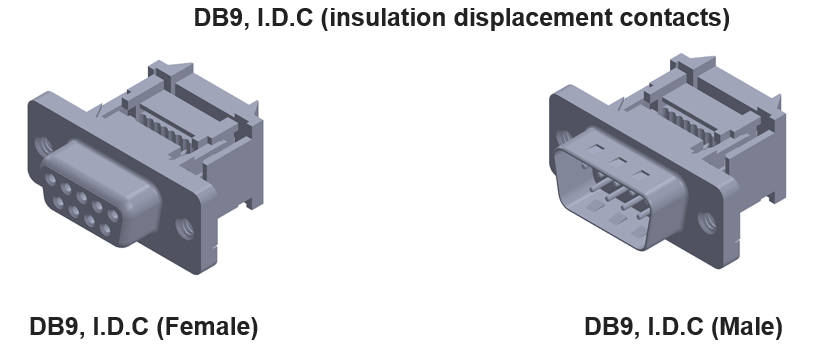
3. DB9 DSUB connector with Crimped contacts
The crimp contacts are wired by inserting a stripped end of wire into a cavity at the back of the contact. The cavity is then crimped using a crimping tool. The contact is then inserted into the connector. Pins can be removed later with a tool inserted into the back of the connector. This "rear disconnect" is useful when the pins on the device are damaged.

DE9 DSUB CONNECTOR TERMINATION STYLES - STRAIGHT AND RIGHT-ANGLE
There are also two types of PCB mounted connectors, straight or right-angle termination styles. This type of connector has built-in solder tails for easy mounting on a PCB.
STRAIGHT termination -
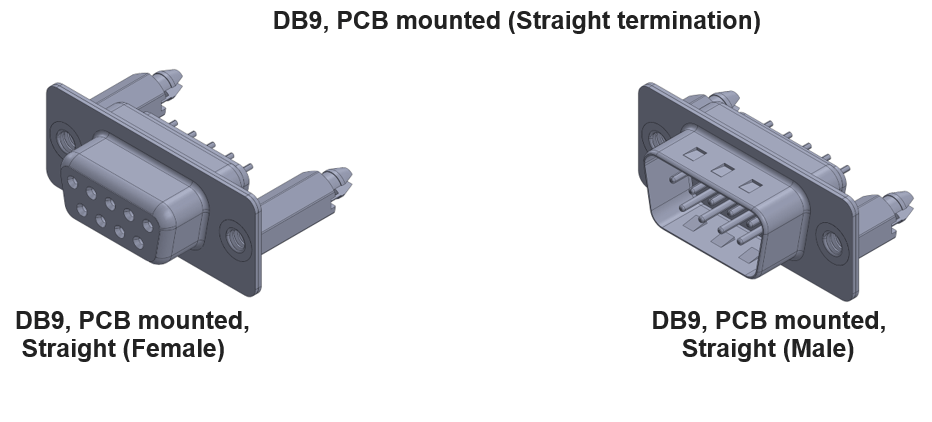
RIGHT-ANGLE termination -
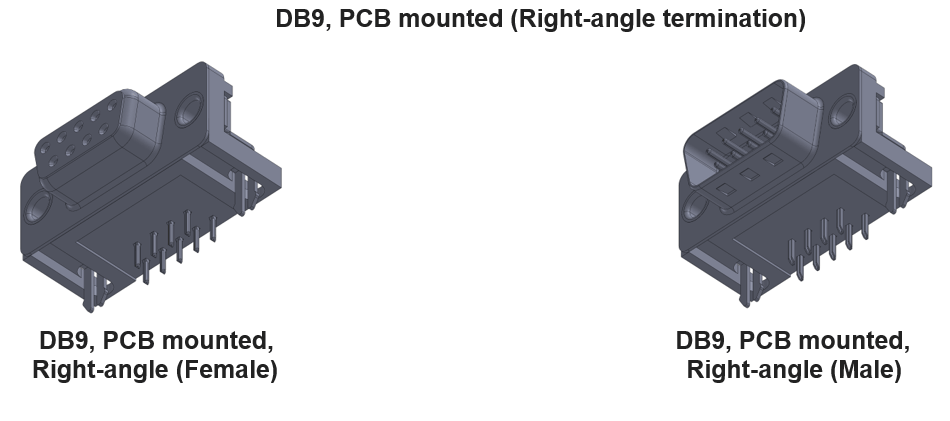
DB9 D-SUB connector BACKSHELLS
D-Sub backshells enclose the junction between the conductors in a cable and the contacts in the connector assembly. These are available in plastic for standard applications, or metal for industrial applications.

Other commonly known D-subs are DB15 connectors and DB25 connectors.
Contact us at EDAC for more information! Experience makes the difference.






